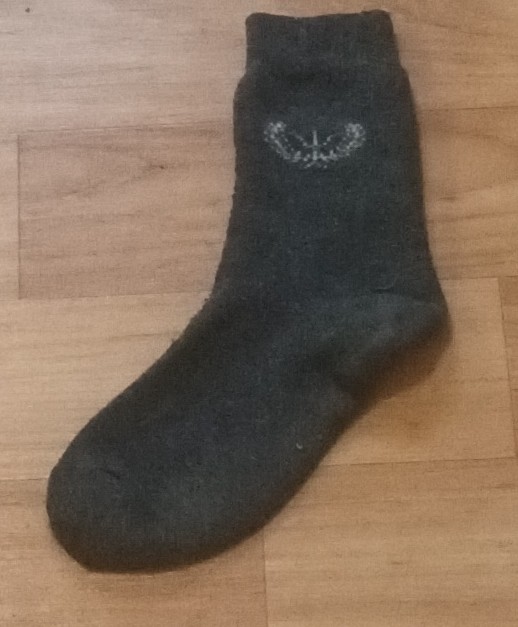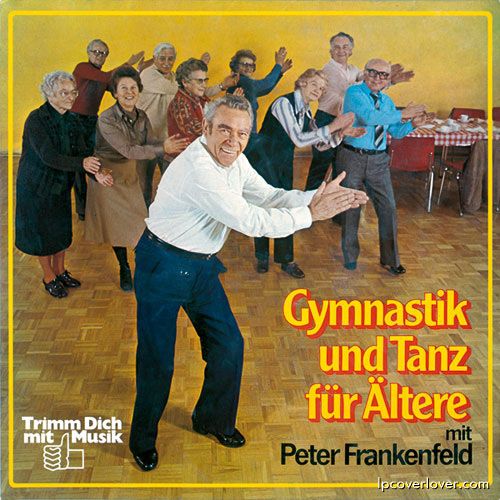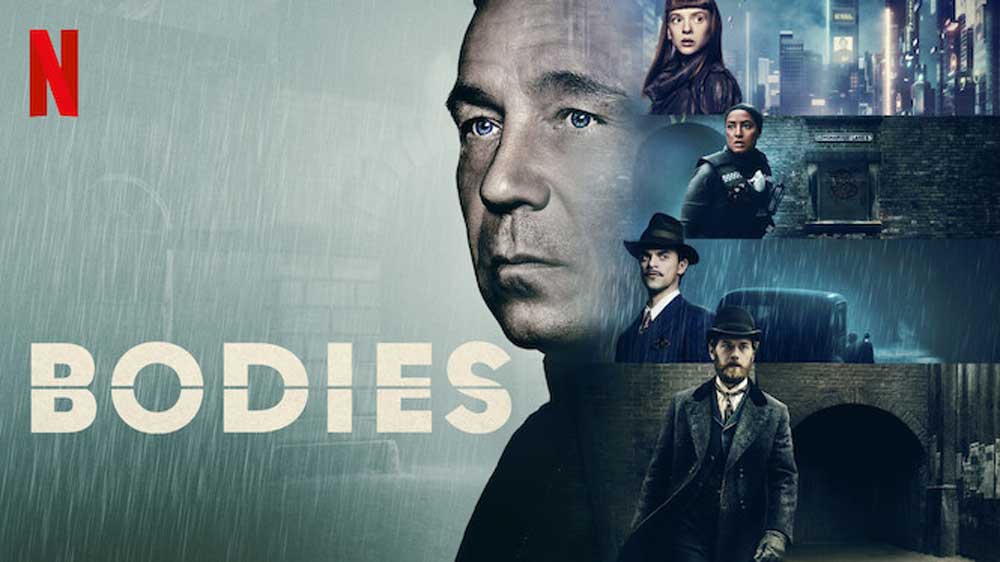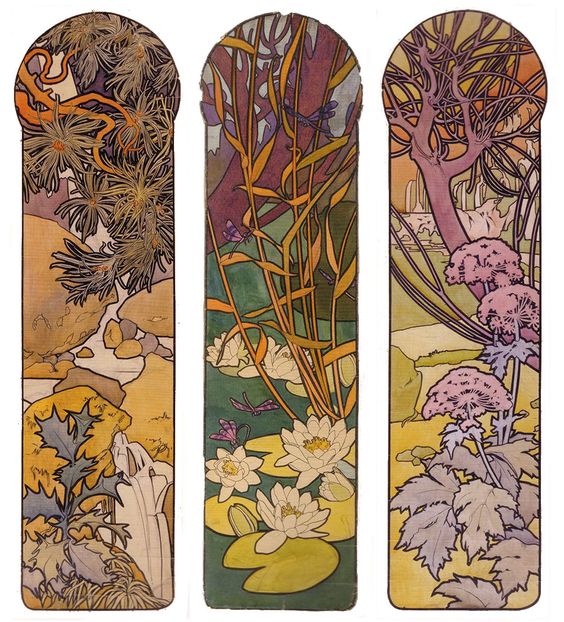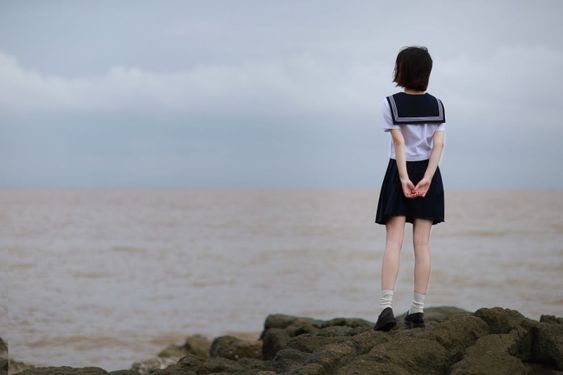ZTw Return S2 E45

It has been 12 years since I wrote a post here about gin. It was to say that a gin and tonic is the perfect drink to enjoy while watching the film “The Tree of Life”.
Since I wrote that, I have noticed a horrible change in gins. Yes, it’s true, there is a wider variety of brands to choose from, and they are all easy to get your hands/lips on, but… have you noticed? They are all moving away from what gin is all about, they are straying from their essence, they are becoming less ginny.
Gin bottle labels today love to boast about the herbs and spices their drink is infused with. Of course, most gin is made from grain, although there are some delicious exceptions made from grape (Xoriguer, G’Vine, etc.) and the predominant ingredient has to be juniper berries or it can’t call itself gin. So far, so good.

Sadly and stupidly, gin manufacturers all over the world have engaged in a sort of arms race, adding more unnecessary bits and pieces to the mix. Citrus peel, OK, that’s standard; the essential oils of lemon and orange embrace the juniper and add that magical dimension to any gin. Go any further and we start to tread in very uncomfortable territory, dear readers…
Here is a partial list of those superfluous herbs and whatnot that have started creeping into our gin:
Angelica
Cardamom
Thyme
Star anise
Nutmeg
Sage
Chamomile
Basil
Szechuan pepper
Lavender
Tarragon
Clove
Liquorice
Cinnamon
Rosemary
Cumin
Coriander
Heather
… and various other local herbaceous weirdities depending if the gin in question is from Greece, Iceland, Australia, Brunei…
Do we need all these? Did we ask for all of these? Surely if we have a random seven or eight of these, we can’t tell what each one is doing to our gin, we just notice a blurry distraction that doesn’t taste of gin at all. I declare myself a fan of liquorice, I am quite liberal when applying cumin or coriander to my dishes, I have nothing against tarragon, sage or any kind of pepper. But I don’t want them messing up my gin, all right?
How do ginmeisters decide which spices and herbs to add to their distilling? I propose another method: eschew herbs and spices altogether, and go for other flavourful additives based on character and personality.
So here at Zaragoza Twins we are working on DNA-based additives, to save the gin industry from becoming a botanical soup. We are researching human DNA elements that can be incorporated into the distilling process. It’s about isolating gene sequences from certain individuals and creatively recombining them with the juniper. (It becomes a “geniper”.)

One of these gin types could be based on footballers. We are working on the genes of Kylian Mbappe and Erling Haaland, to begin with, looking for that perfect blend of aggressivity and resourcefulness, athletic strength and mental resilience. This will add a hell of a kick to our gin!

Yui

Kaki
The other gin is, I will confess, a pet project of my own. I am using the DNA of Kaki Haruka and Yui Imaizuma, two Japanese idols whose smiles and demeanour exude charm and elegance beyond all others. When I close my eyes and sip my gin, I am having a religious experience surrounded by cherry blossom.

One type of leader

Another type of leader
I am toying with the idea of a gin that contains the essence of political leaders, but this is proving more challenging. It’s not a question of sympathising with the politics of the said leader but rather identifying and distilling chunks of their personality that can enhance the taste of the gin. It’s a trial-and-error process and I have to say we’re not getting very far. Leaders whose DNA we have dabbled with: Donald Trump, Isabel Díaz Ayuso, Tony Blair, Park Geun-hye and Dilma Rousseff. Unfortunately, their political selves too often get in the way of their genetic essence. We may have to discontinue this line of research.
It’s going to take time. Rome wasn’t built in a gin lab.
Meanwhile, be careful with what you drink. Check out the label and if you see more than let’s say four suspicious-looking herbs and spices, put the bottle back on the shelf and look for something simpler, neater, smarter, easier. Streamline your gin. Less is more, as the bishop said to the actress.
- Heen Martínez, Zaragoza Twins, with my mind on other things but my finger always on the pulse. April 27, 2024.
